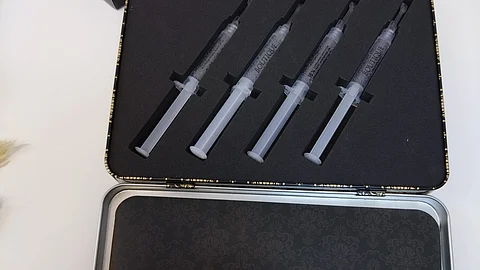New studies have shown that aggressive tooth whitening can cause tooth sensitivity, changes in tooth microstructure, and restoration changes. The ingredients present can react with composite restorations, glass ionomer cements, sealants, and ceramic crowns causing a reduction in stability.
In a recent in vitro study conducted in Japan, researchers assessed the vulnerability of teeth to subsequent demineralization following a home-based bleaching regimen utilizing 10% carbamide compared to a more intense office-based regimen involving 35% hydrogen peroxide activation.
Extracted teeth of Vita shade A3 underwent the whitening procedure following the manufacturer’s instructions until the shade was changed to Vita shade A2 for all teeth. Followed by demineralization for two weeks, teeth were then evaluated for mineral density loss. The research discovered that the surface structure of teeth treated at home changed, resulting in notably more demineralization compared to teeth treated in the dental office with a stronger regimen.
The authors hypothesize that the peroxide present in the gel used in the dental office regimen reaches deeper layers of the enamel before being activated by photoirradiation.
In a randomized clinical trial, it was observed that all cases of tooth whitening using a 35% hydrogen peroxide product led to tooth sensitivity, particularly among teeth with restorations. The intensity of tooth sensitivity was significantly higher for restored teeth compared to sound teeth. The study concluded that while tooth whitening with 35% hydrogen peroxide was effective for patients with restored teeth, it was associated with a higher level of discomfort, particularly upper lateral incisors.


